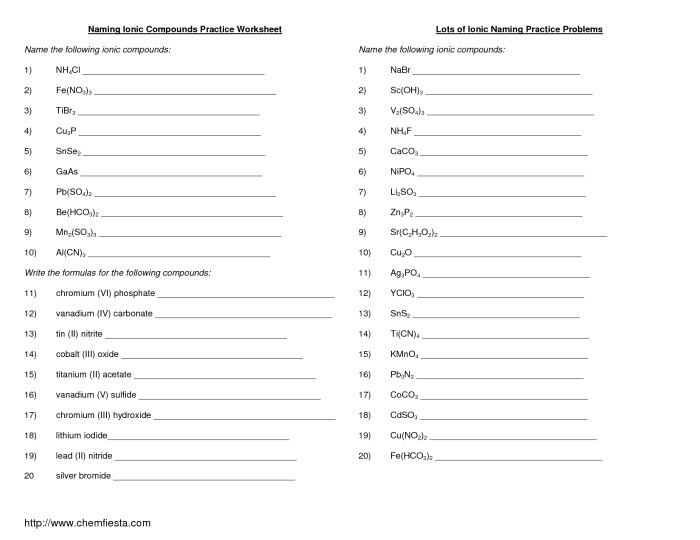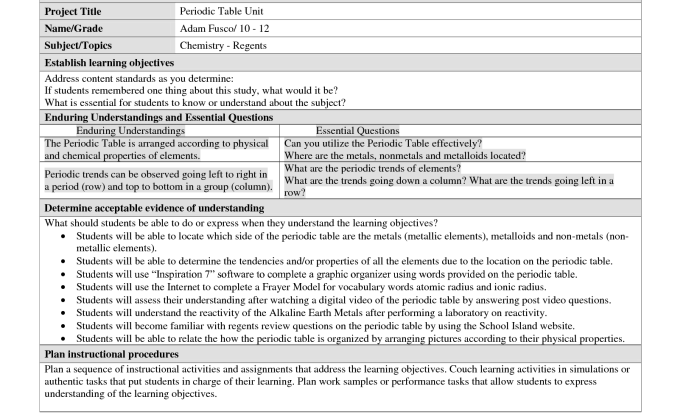Embark on a scientific expedition with our Naming Molecular Compounds Worksheet POGIL, an interactive tool that unveils the intricacies of chemical nomenclature. Delve into the systematic rules and conventions that govern the naming of molecular compounds, empowering you to decipher the language of chemistry with precision and confidence.
As you navigate through this comprehensive worksheet, you will unravel the secrets of chemical nomenclature, gaining a profound understanding of how to accurately name molecular compounds based on their atomic composition and structural features. Prepare to expand your chemical literacy and embark on a journey of scientific discovery.
Naming Molecular Compounds Worksheet POGIL
The POGIL (Process Oriented Guided Inquiry Learning) approach is a student-centered learning method that emphasizes active learning, collaboration, and inquiry-based exploration. POGIL worksheets guide students through a series of scaffolded activities that help them develop a deeper understanding of scientific concepts.
The naming molecular compounds worksheet is designed for high school chemistry students and provides a structured approach to learning the rules and conventions for naming molecular compounds. This worksheet is intended to help students develop their understanding of chemical nomenclature, which is essential for communicating about chemical substances.
Introduction to Chemical Nomenclature: Naming Molecular Compounds Worksheet Pogil
Chemical nomenclature is a system of rules and conventions used to name chemical compounds. It provides a standardized way to identify and describe compounds, ensuring clear and consistent communication among chemists.
The rules for naming molecular compounds involve using prefixes to indicate the number of atoms of each element present, a root name based on the central atom, and suffixes to indicate the number of bonds.
For example, the molecular compound with the formula CH 4is named methane. The prefix “meth-” indicates one carbon atom, the root name “-an-” indicates that the central atom is carbon, and the suffix “-e” indicates that there are four single bonds.
Step-by-Step Naming Procedure
To name a molecular compound, follow these steps:
- Determine the number of atoms of each element present.
- Identify the central atom (if applicable).
- Use prefixes to indicate the number of atoms.
- Write the root name based on the central atom.
- Add suffixes to indicate the number of bonds.
For example, to name the molecular compound with the formula N 2O 5:
- There are two nitrogen atoms and five oxygen atoms.
- Nitrogen is the central atom.
- The prefix “di-” indicates two nitrogen atoms.
- The root name “nitrogen” indicates the central atom.
- The suffix “-oxide” indicates five bonds.
Therefore, the name of the compound is dinitrogen pentoxide.
Types of Molecular Compounds

Molecular compounds can be classified into different types based on their composition:
- Binary compoundscontain only two elements.
- Ternary compoundscontain three elements.
- Polyatomic compoundscontain a polyatomic ion, which is a group of atoms that act as a single unit.
Each type of compound has specific naming conventions. For example, binary compounds are named using the prefixes and root names of the elements, while ternary compounds use the prefixes and root names of the elements and the suffix “-ide” to indicate the presence of a polyatomic ion.
FAQ Corner
What is the purpose of chemical nomenclature?
Chemical nomenclature provides a systematic and standardized method for naming chemical compounds, ensuring clear and unambiguous communication among scientists.
What are the key rules for naming molecular compounds?
The naming of molecular compounds follows specific rules, including the use of prefixes to indicate the number of atoms of each element, a root name based on the central atom, and suffixes to indicate the number of bonds.
What are the different types of molecular compounds?
Molecular compounds can be classified into various types, including binary compounds (composed of two elements), ternary compounds (composed of three elements), and polyatomic compounds (containing polyatomic ions).

